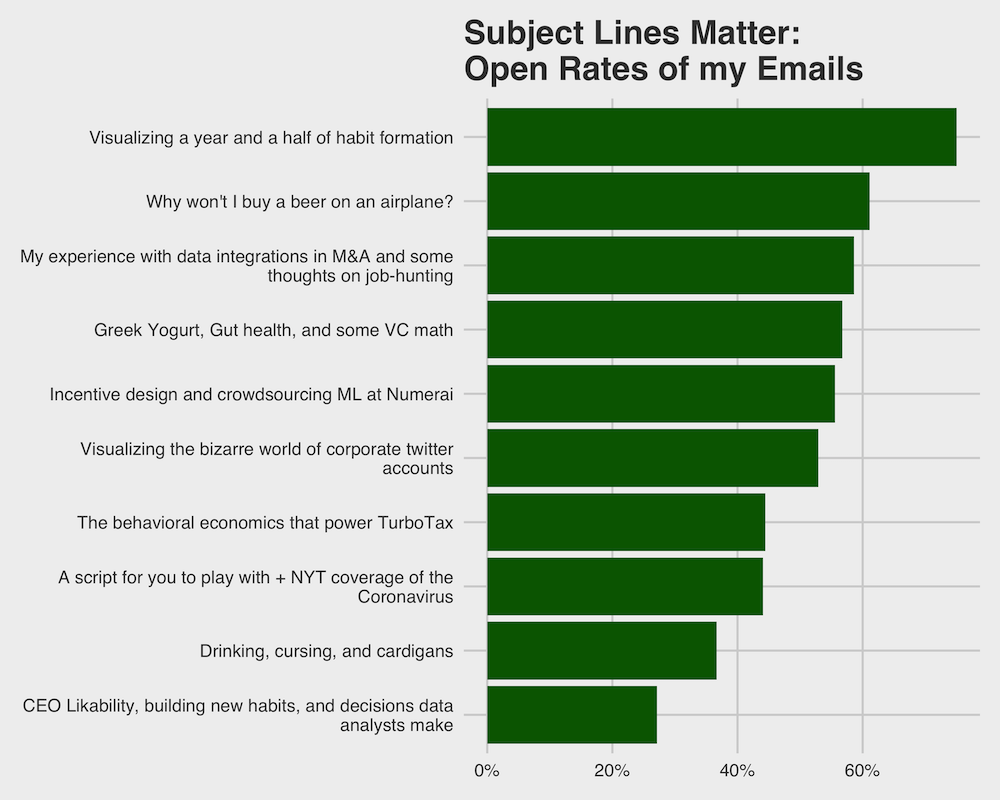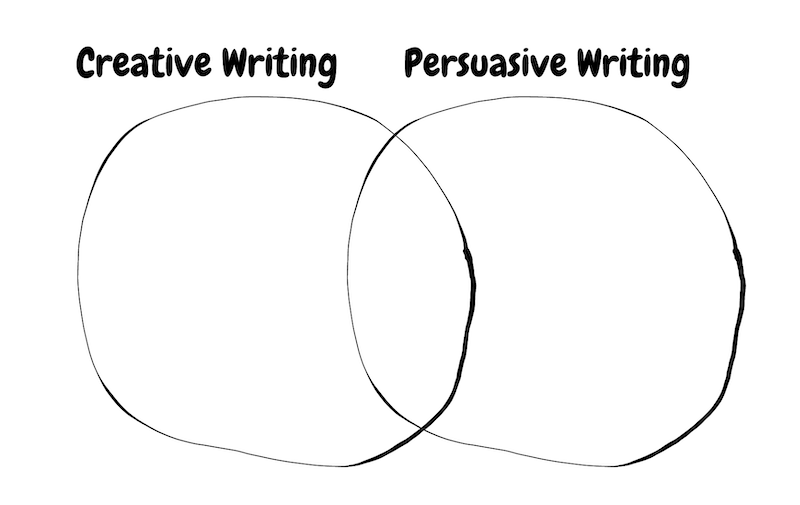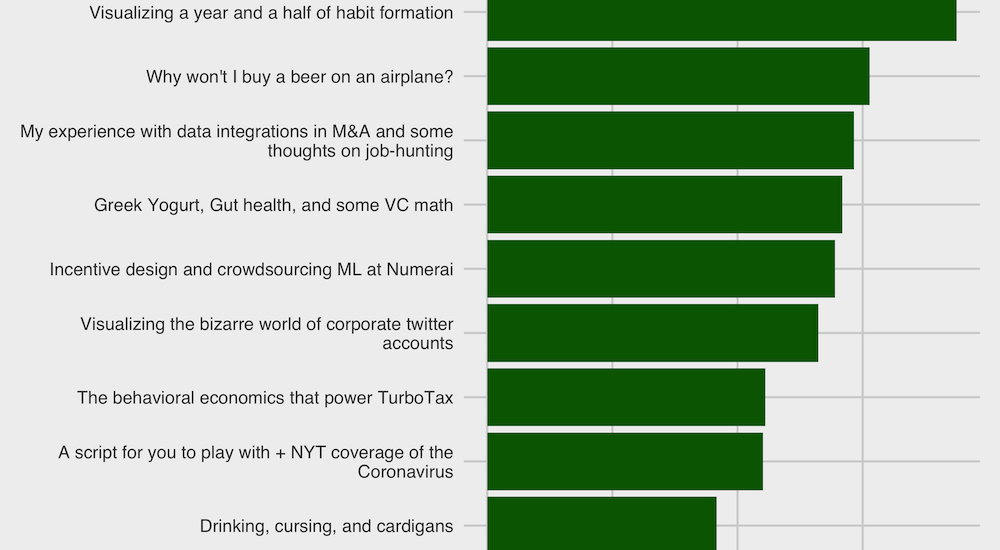I am sharing data on my email open rates because 1) I always appreciate seeing data from other blogs and websites; the desire to benchmark oneself is hard to suppress and 2) if you are reading this, there is a decent chance you contributed to the data!
I have been reading a book about copywriting, because I am vaguely aware of its power to drive sales but have never really studied it. It is a skill that has a very direct return on investment and it has made looking at advertisements and emails a lot more fun because I can analyze the writer’s tactics.
Writing email subject lines is the most logical place for me to apply copywriting techniques. I send out emails to subscribers when I write something new here, and I get clean data on the open rates of the emails. It’s a good playground to see what works and what doesn’t.
There are variables other than the copy at play – the size of the list, the time and day of the week, and whether Gmail puts the newsletter in the Promotions tab. But I believe the subject lines play a huge role in determining the open rate and that I can learn from the data.
Here are the subject lines and their corresponding open rates:

How I (and maybe you) can write better subject lines
These are my takeaways from the book and how they apply to my headlines:
The writer’s ego gets in the way of writing persuasive copy.
The writer wants to be funny, to sound smart, or to be original and that gets in the way of convincing the reader.

Writing that persuades is different from creative writing. Looking at my lowest-performing headlines, I think my desire to sound smart got in the way. “The Behavioral Economics Behind Turbotax” would be more effective as “How Turbotax Makes it So Easy for you to Pay Them $200”.
It can be nice to make yourself feel smart or creative but if your goal is to persuade someone you should sacrifice that feeling. Use simple words and write directly. This leads into my next takeaway:
There are formulas for writing an effective headline and they are formulas because they work.
Buzzfeed’s infamous “12 things about…” articles get people to click on them! That is why they keep churning them out. I don’t like copying formulas, but this book convinced me that if your goal is to write persuasive copy you should start with these formulas.
The closest I get to a formulaic clickbait was “Why won’t I buy a beer on an airplane?” and that performed quite well. The book I read has lists of effective formulas. Phrases like “10 ways to…”, “How to save $100 on…” and “Sign up before midnight for early bird pricing” have been used by copywriters effectively for decades and if you are trying to convince people to buy something or click something they work. So swallow your pride and use these to start and innovate on them from there.
Start from the reader’s perspective and write what they care about
This is the foundation of good marketing but I forget it all the time. I like to write for fun and to express myself but mostly people care about how your writing will help them and writing from their perspective is the best way to be persuasive.
My worst-performing subject line, “CEO Likability, building new habits, and decisions data analysts make”, would be better as “How likable is your CEO? Plus data to help you build habits.” It is more reader-focused and conveys some value as opposed to just listing topics.
Finally, my biggest takeaway from reading this book and thinking through my subject lines is this:
Decide on your goal in writing and then optimize for that
I have always hesitated to write clickbait-y subject lines and I’ve often overcorrected and written boring, self-conscious subject lines. But in my defense, I think the most important aspect to copywriting is to know what you are optimizing for and optimize for that. I am not optimizing this blog to sell you things.
Instead, I am optimizing to have my work read, to connect with interesting people, and to establish trust with my readers. So I am not actually optimizing for open rates on any one email and my subject lines will be different because of that.
But there are times where it is extremely valuable to optimize for clicks or sales and those times call for more direct, hard-sell writing. If you are trying to grow a business you are leaving money on the table by not using copywriting principles to influence your reader.
So you may see me experiment with different styles of subject lines. I highly recommend reading about copywriting for two reasons: it is very valuable if you are trying to influence anyone through writing, and it makes watching commercials a lot more fun.
If by some freak chance you haven’t signed up for my emails, you can do so below. I’m working on an analysis of email copy from top brands to learn more about what works and you’ll be the first to see it.
